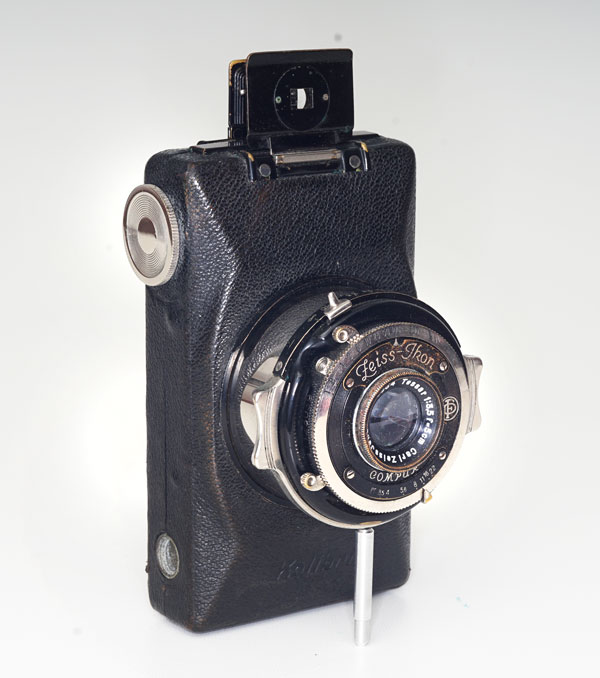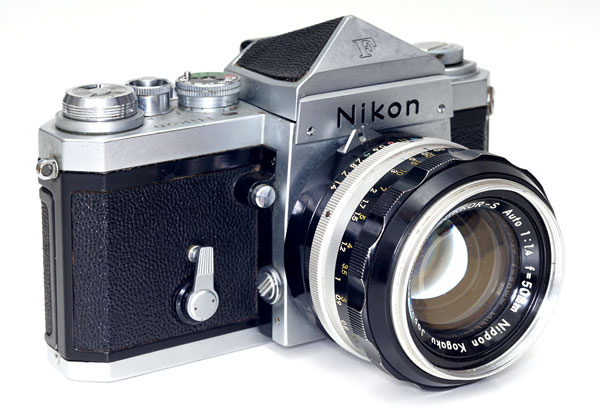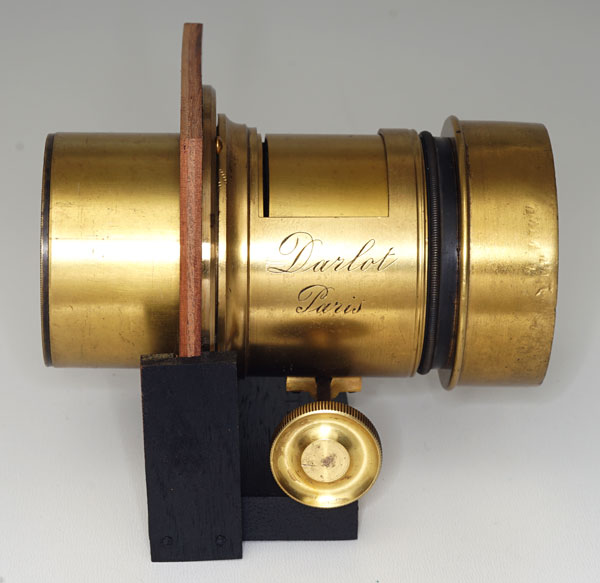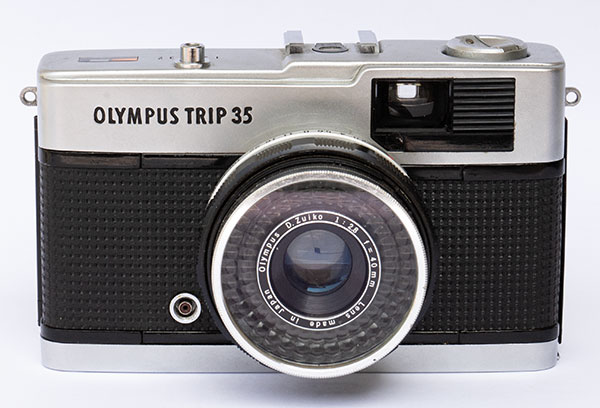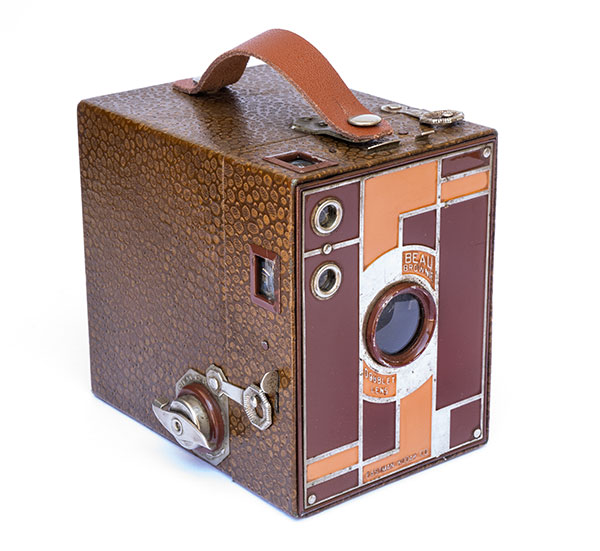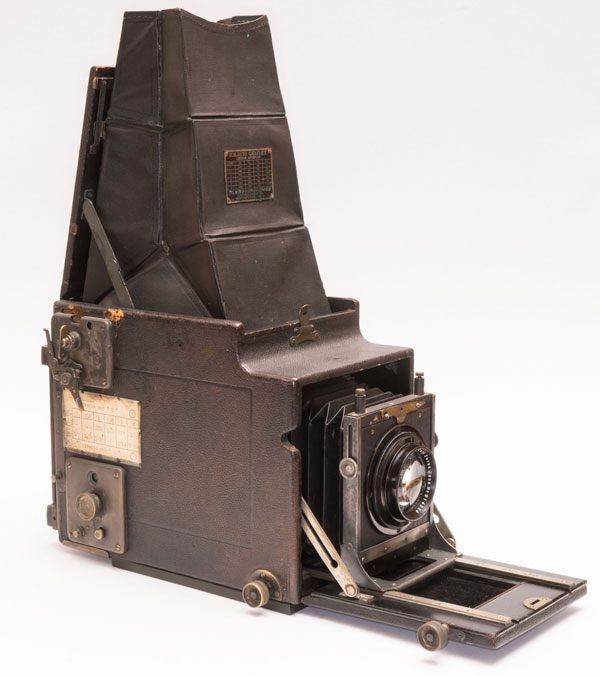Launched in 1878, this lens was such a success that it practically saved one of Germany's most traditional photographic lens manufacturers from being swallowed up by the competition. It took a new generation at the helm of the company to create a new generation prestige optics.
Author - wlungov
This is a small Zeiss Ikon camera for 127 film. Intended for the amateur market and in times of hardship, it was manufactured from 1931 to 1934. It has the basic controls of speed, aperture and focus by estimation. Its highlight is the very elegant design and exquisite finish. A good companion.
The Nikon F was the right camera at the right time. It went from Japan to the world. A combination of specifications, functionality and aesthetics that made it a symbol of a time of great transformation such as the 1960s.
Early 20th century English camera, highly sophisticated and well finished field camera. Extendable bellows up to 70 cm, 18x24 cm format, very easy to assemble and it fits folded into a leather case.
Petzval-type lens, but from the end of the 19th century. Manufactured by Darlot, a French company, and distributed in the United States by Benjamin French & Co. of Boston. A good example of the longevity of the Petzval concept spanning decades and decades in photography.
"watch the birdie" was not just a figurative way to catch sitters' attention in photographers' studios. There was a brass made, ingeniously made, little bird capable to sing and provide the brief, but precious, frozen moment that the photographer needed to get his job done.
Perhaps the most familiar of all family cameras, the Olympus Trip 35 was for 35mm film what the Brownies were for 120 and later 127 film. Very robust, impeccable finish and strictly what is needed for good photos of travel, moments with friends and family and also street snapshots.
With the Kodak Bullet Camera, designer Walter Dorwin Teague used the characteristics of bakelite to create one of the nicest cameras in the Art Deco style of the 1930s. It is a camera for the amateur, for photos that are unpretentious in terms of technique but full of affectionate memories.
Among the hundreds, perhaps thousands, of camera models released by Kodak throughout its history, the Beau Brownie is part of a select group. This is the group of the first models in which aesthetics went hand in hand with functionality. It is a box camera from the 1930s, Art Deco style, very nice and perfectly usable even today.
Monoreflex camera in 9x12cm or 4x5" format, member of a series of several similar models. A series that was the first great success of Graflex when it was still called Folmer and Schwing Manufacturing Company. It is an excellent option for those who want to take portraits or action photos in larger format nowadays.
Extremely compact and feature-rich, this folding camera was designed in 1920 and manufactured until 1938 in 6.5 x 9 and 9 x 12 cm formats. Very pleasant to use and a great option for those who make dry plates.
Photographic enlarger from the time when negatives shrunk to miniature cameras, needing magnification, but electric light was not yet available. Aimed at the amateur market, it accompanied the Vest-Pocket Cameras that made 4.5 x 6 cm negatives for enlargements of up to 13 x 18 cm

